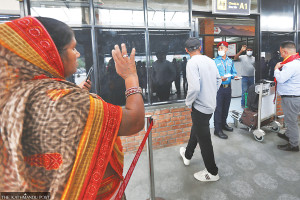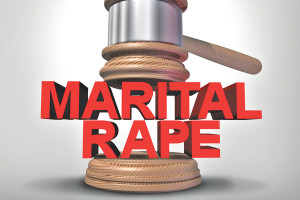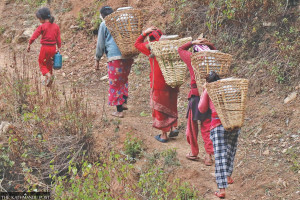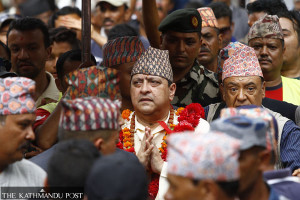 29.12°C Kathmandu
29.12°C KathmanduMoney
Committee to recommend modality for urea plant
Investment Board Nepal (IBN) has decided to form a high-level committee to recommend the modality for establishing a fertiliser plant in Dhalkebar under public-private partnership and whether the government should provide viability gap funding to set it up.
Investment Board Nepal (IBN) has decided to form a high-level committee to recommend the modality for establishing a fertiliser plant in Dhalkebar under public-private partnership and whether the government should provide viability gap funding to set it up.
The eight-member panel will be headed by a member of the National Planning Commission (NPC) in charge of the agriculture sector, as decided by the 27th board meeting of IBN held under the chairmanship of Prime Minister Sher Bahadur Deuba on Wednesday.
The committee will be given three months to submit its recommendations to the board. It will review the detailed feasibility report for the establishment of the fertiliser plant which was prepared by a consortium of consulting firms and approved by IBN recently.
The board had appointed a consortium consisting of Infrastructure Development Corporation and Institution of Agricultural Technologists of India and Shah Consult International of Nepal to prepare the report.
The feasibility report has pointed out the possibility of using three types of energy sources to produce urea fertiliser: natural gas, electrolysis and coal. It has recommended using natural gas to produce urea due to lower establishment and production costs.
According to the report, it will cost $1.3 billion to install a coal-based plant, $983 million to install an electrolysis-based plant and $665 million for a natural gas-based plant.
Likewise, the per tonne production cost of a natural gas-based plant will be $268 while the per tonne production costs of electrolysis- and coal-based plants will be $448 and $372 respectively. The feasibility study has also revealed that a natural gas-based plant will consume 1,197 tonnes of natural gas daily, and recommended building a pipeline to ensure uninterrupted supply from any one of three Indian cities: Jagdishpur, Gorakhpur or Gaya.
In order to import gas from Jagdishpur, the project will need to lay a 684-km pipeline. The pipelines connecting Gorakhpur and Gaya will be 365 km and 300 km long respectively.
The committee will be asked to recommend the appropriate type of fertilizer plant to the board. The report has also pointed out the need to start talks with the Indian government for uninterrupted supply of gas through a pipeline if IBN opts for a natural gas-based plant.
The committee will also need to recommend to the government whether it should provide the developer a grant as viability gap funding as suggested by the consultants in the report.
The feasibility report has recommended providing financial incentives to the developer such as 30 percent grant financing, excise duty exemption and a three-year tax moratorium.
It has also urged the government to sign a long-term offtake purchase agreement with the developer. The committee will have to make its recommendations on these issues.






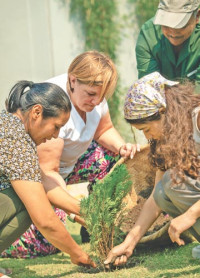


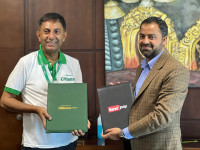
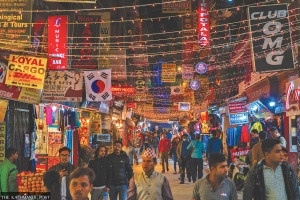
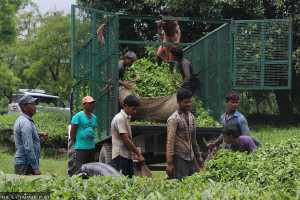
.jpg&w=300&height=200)
